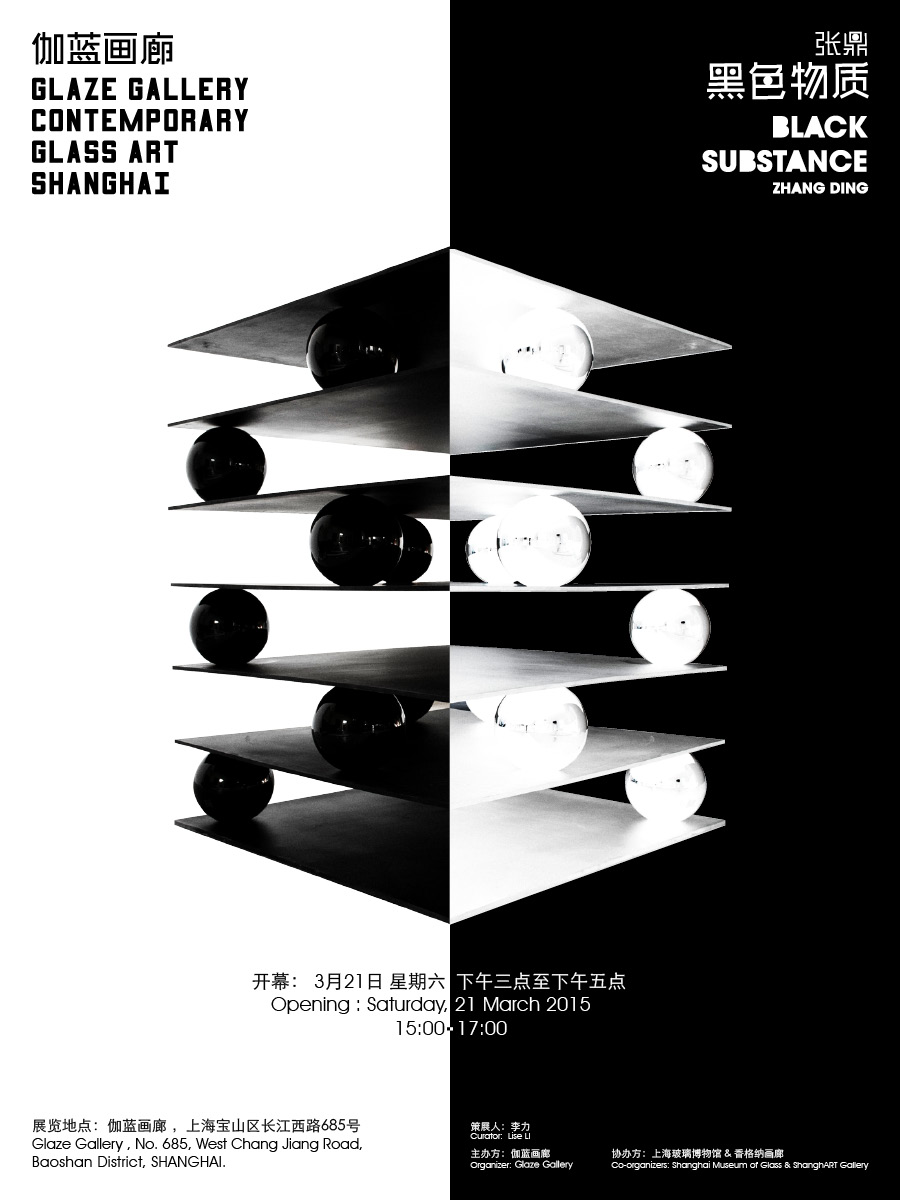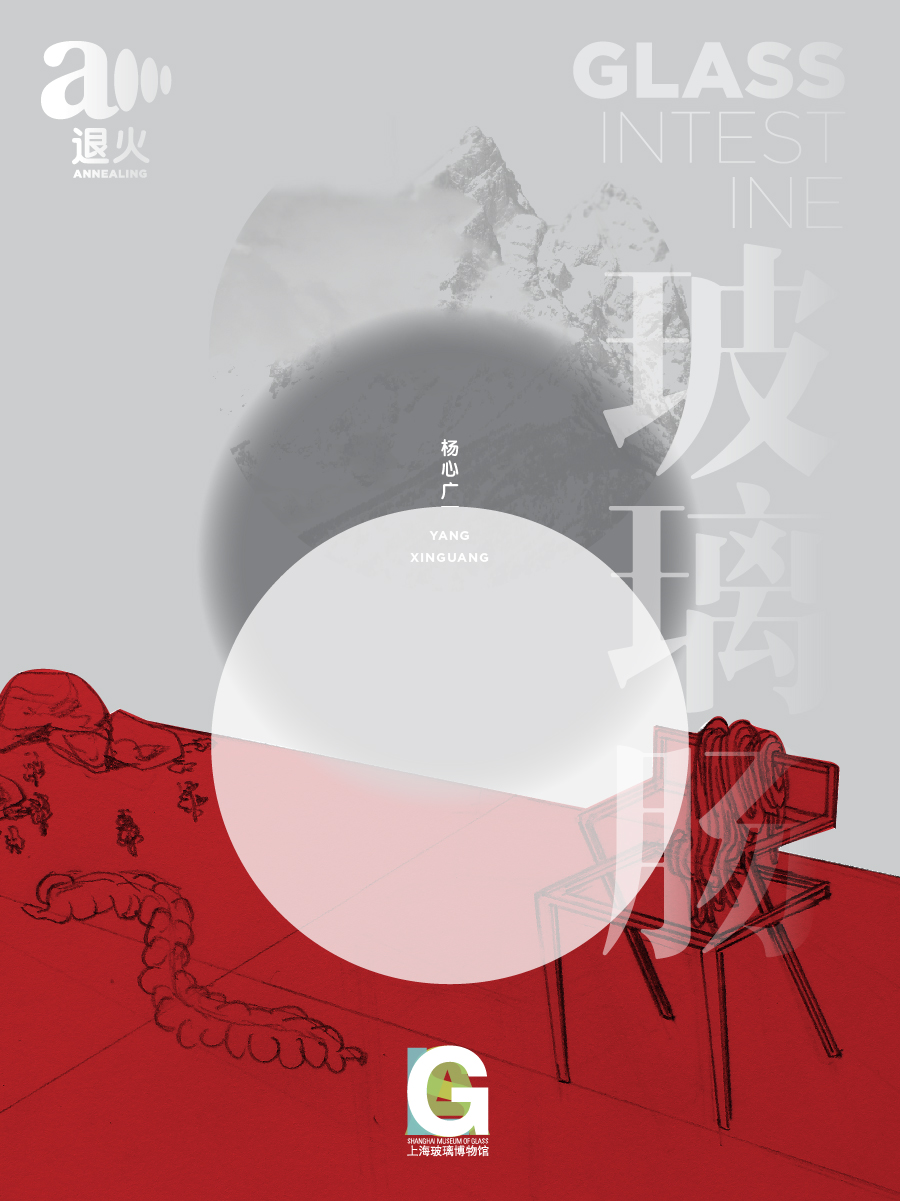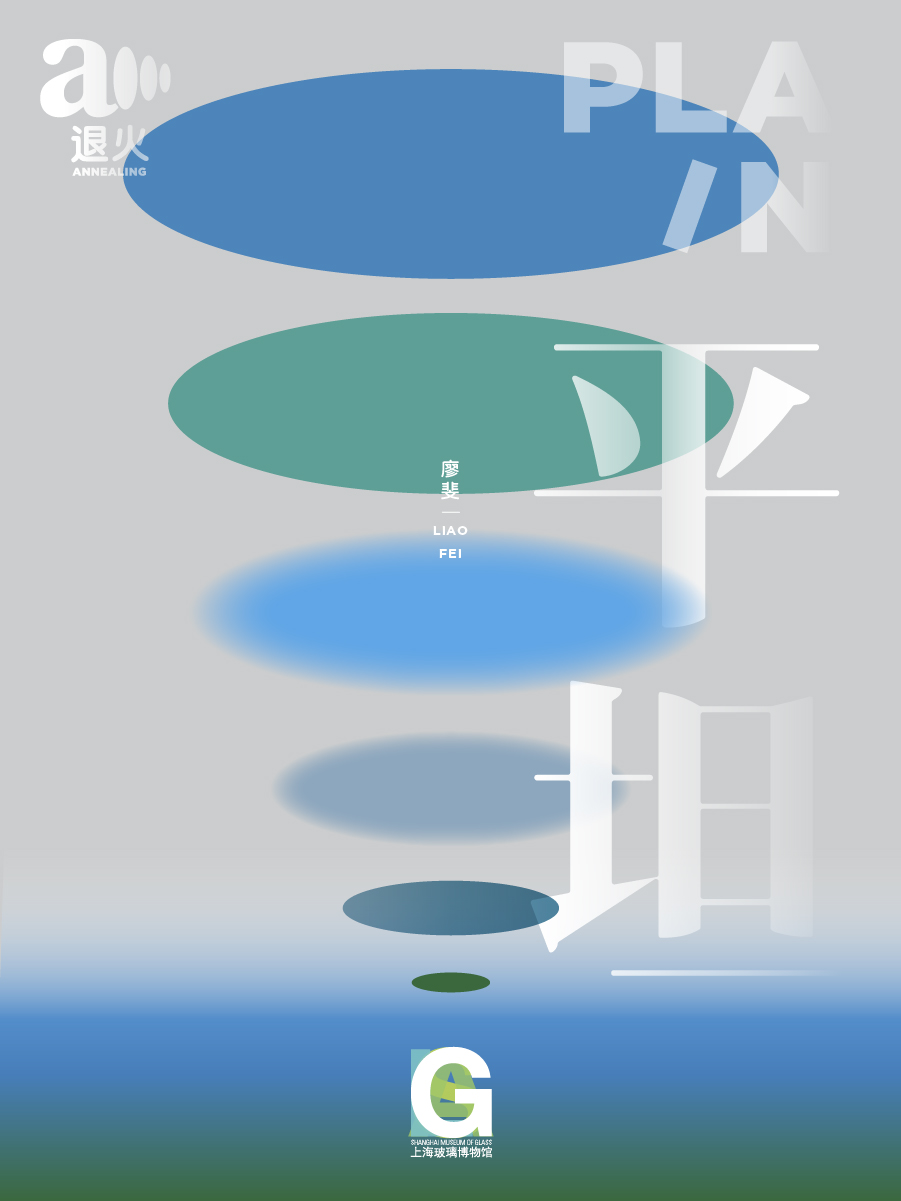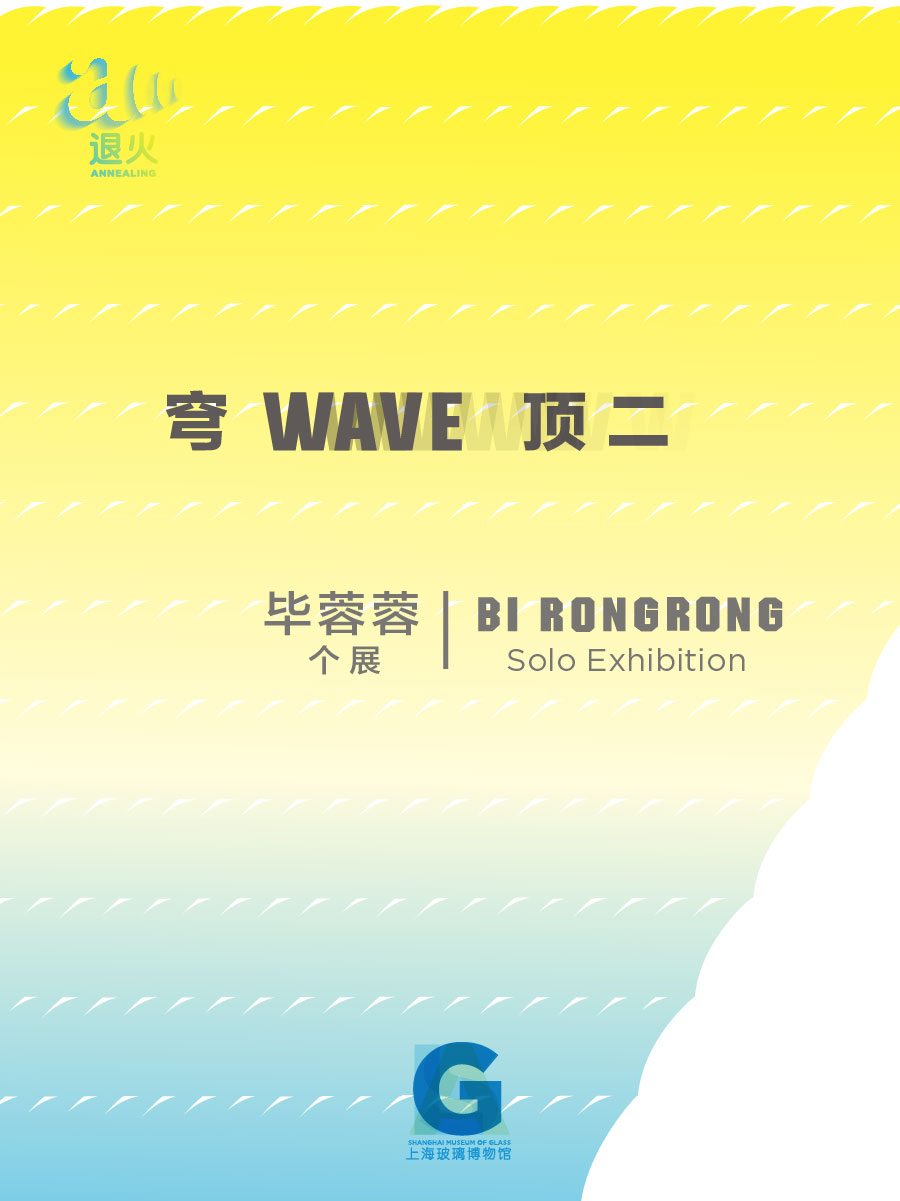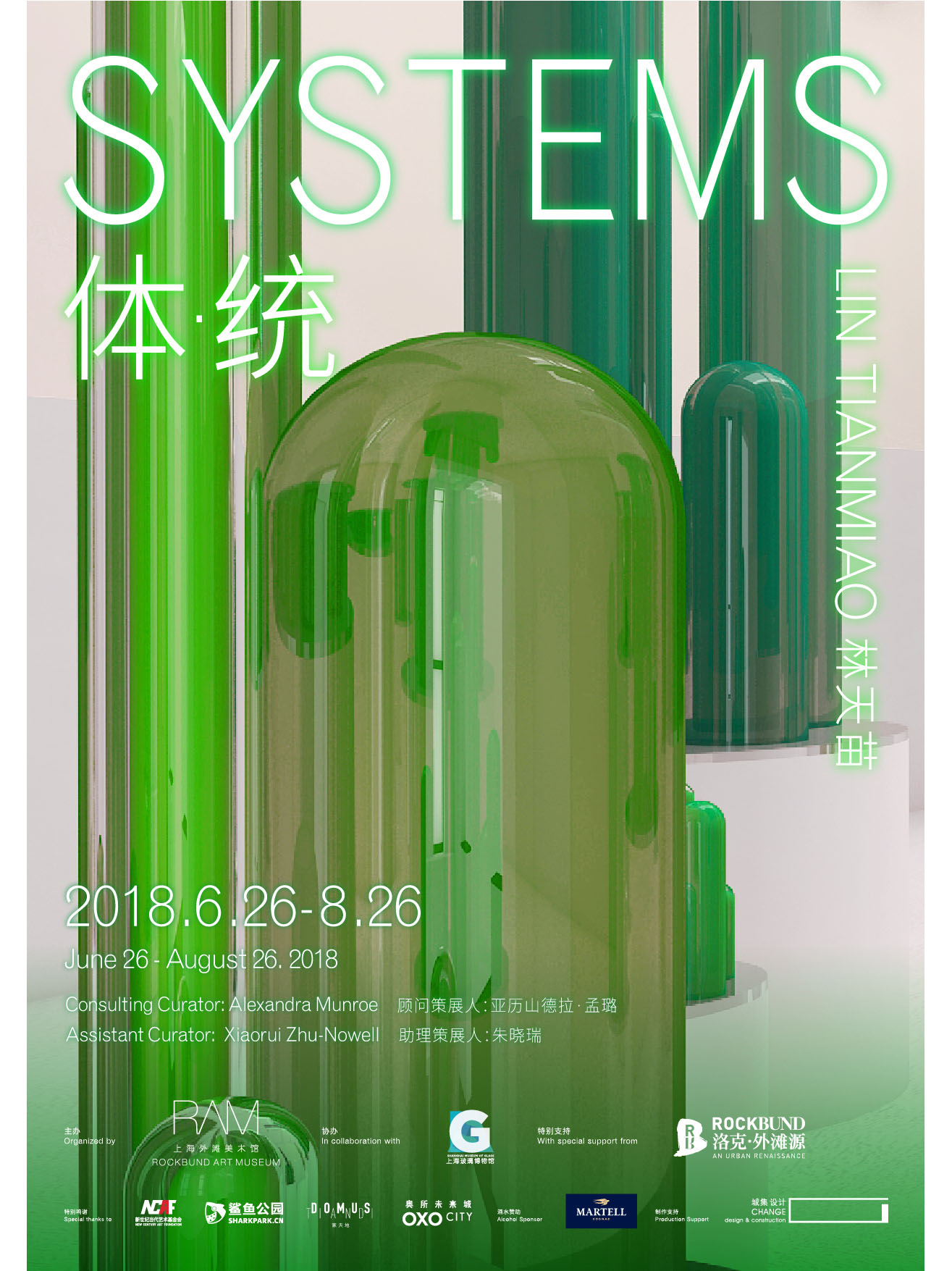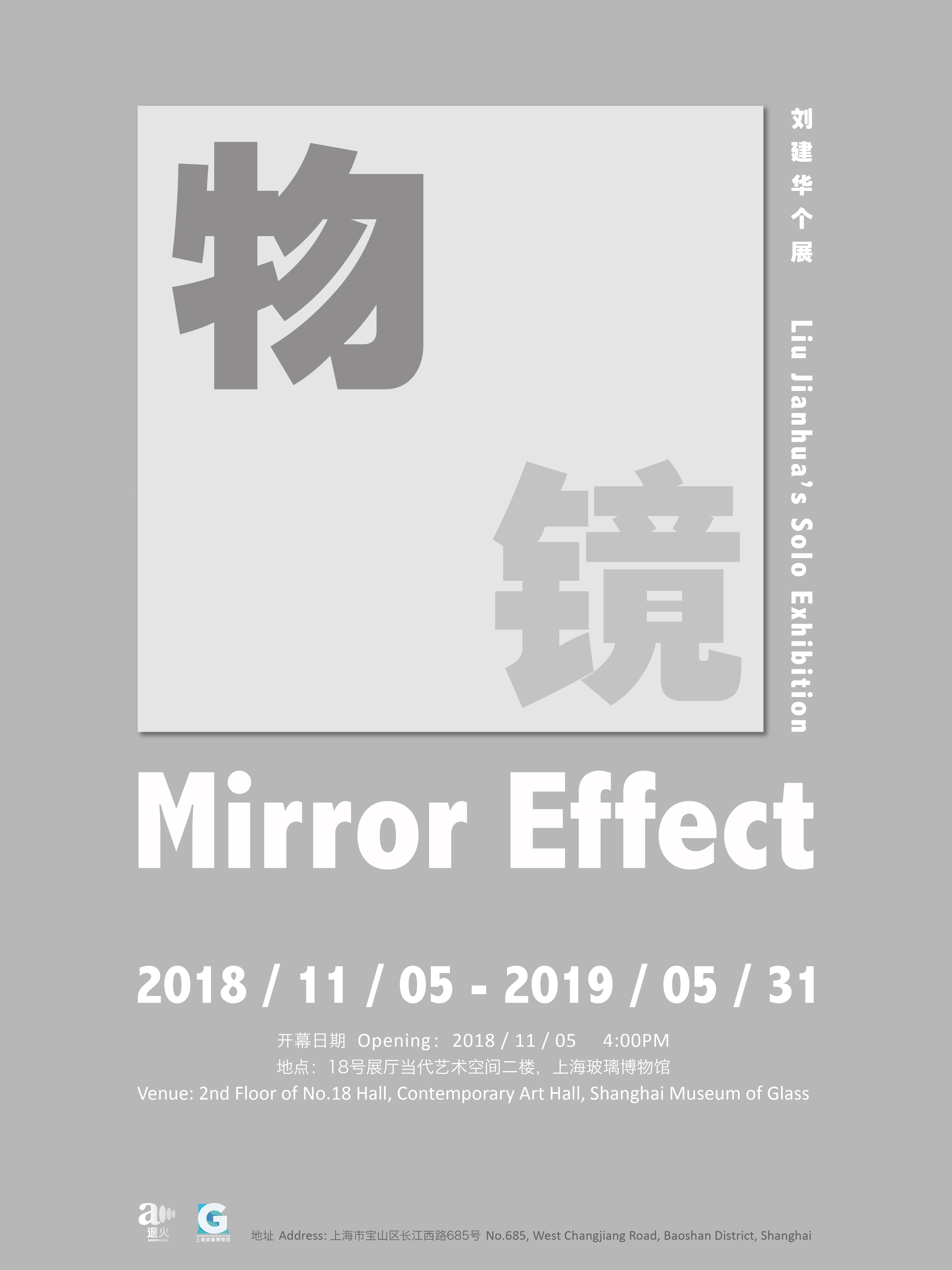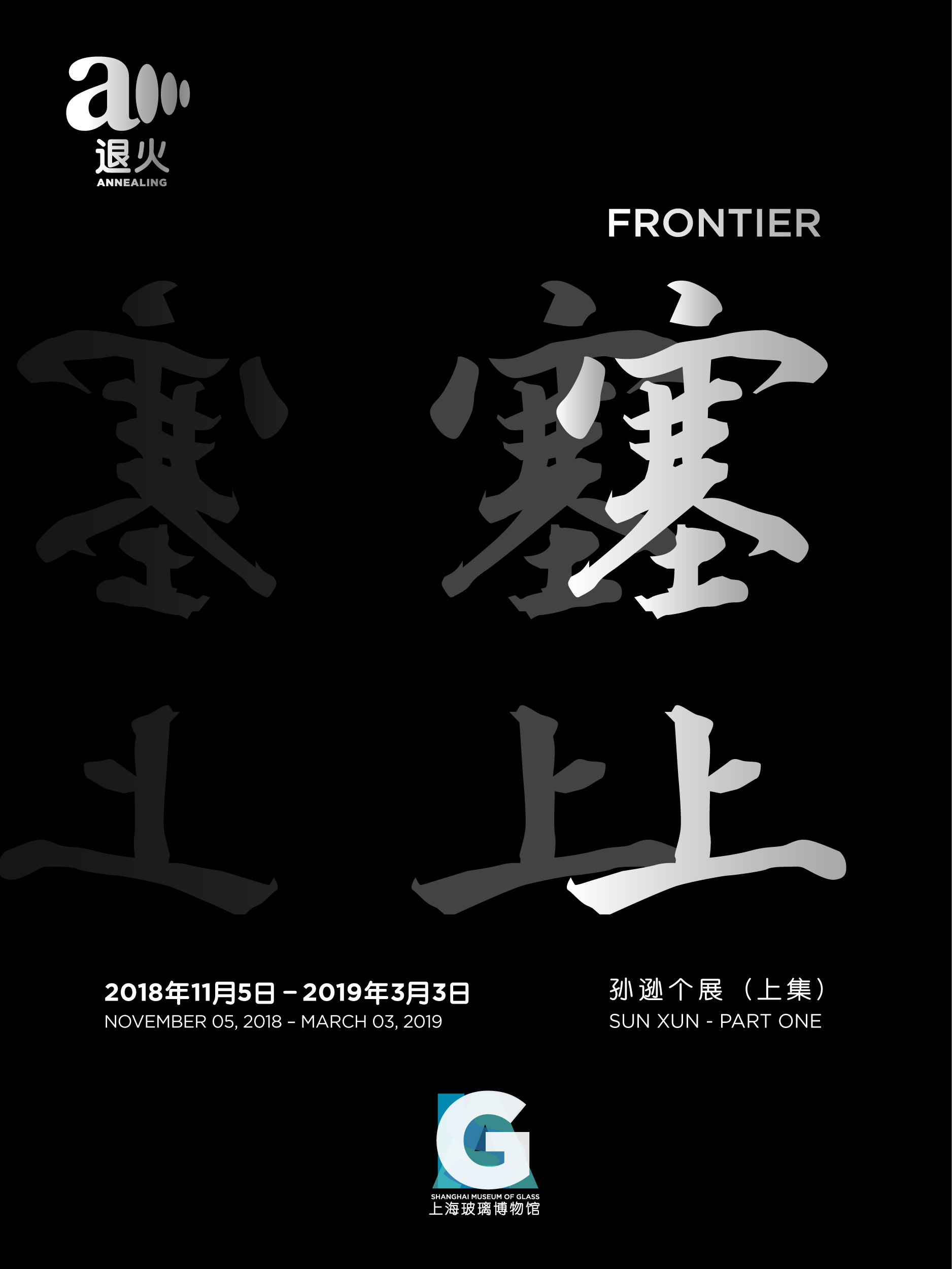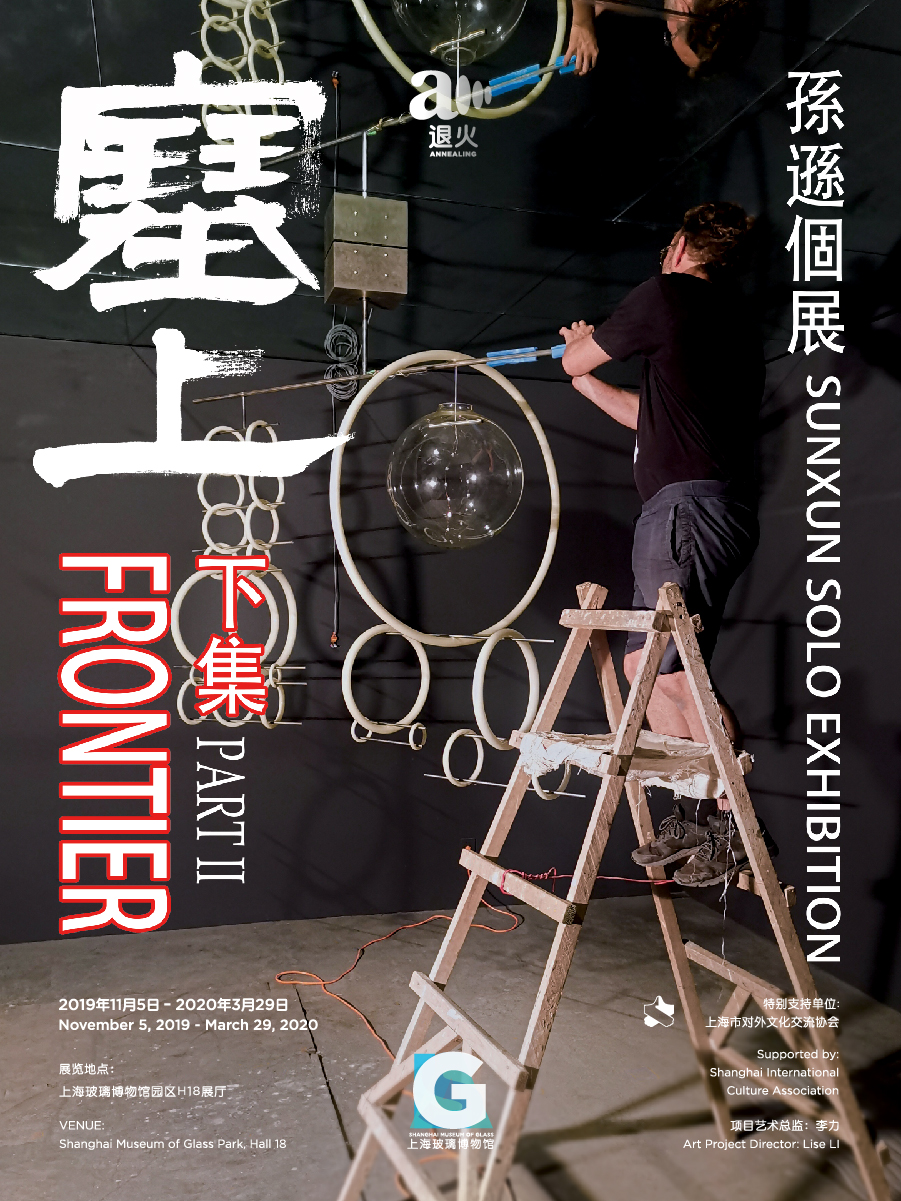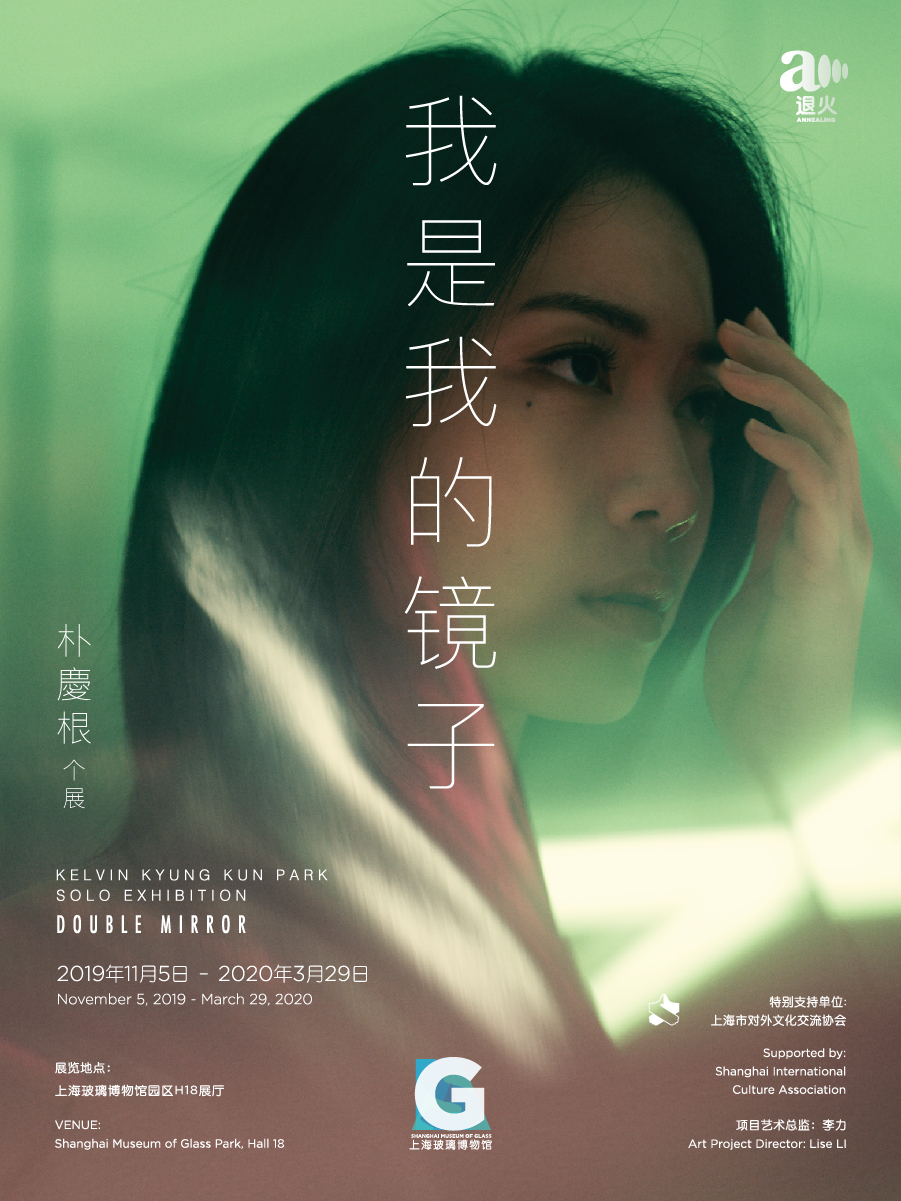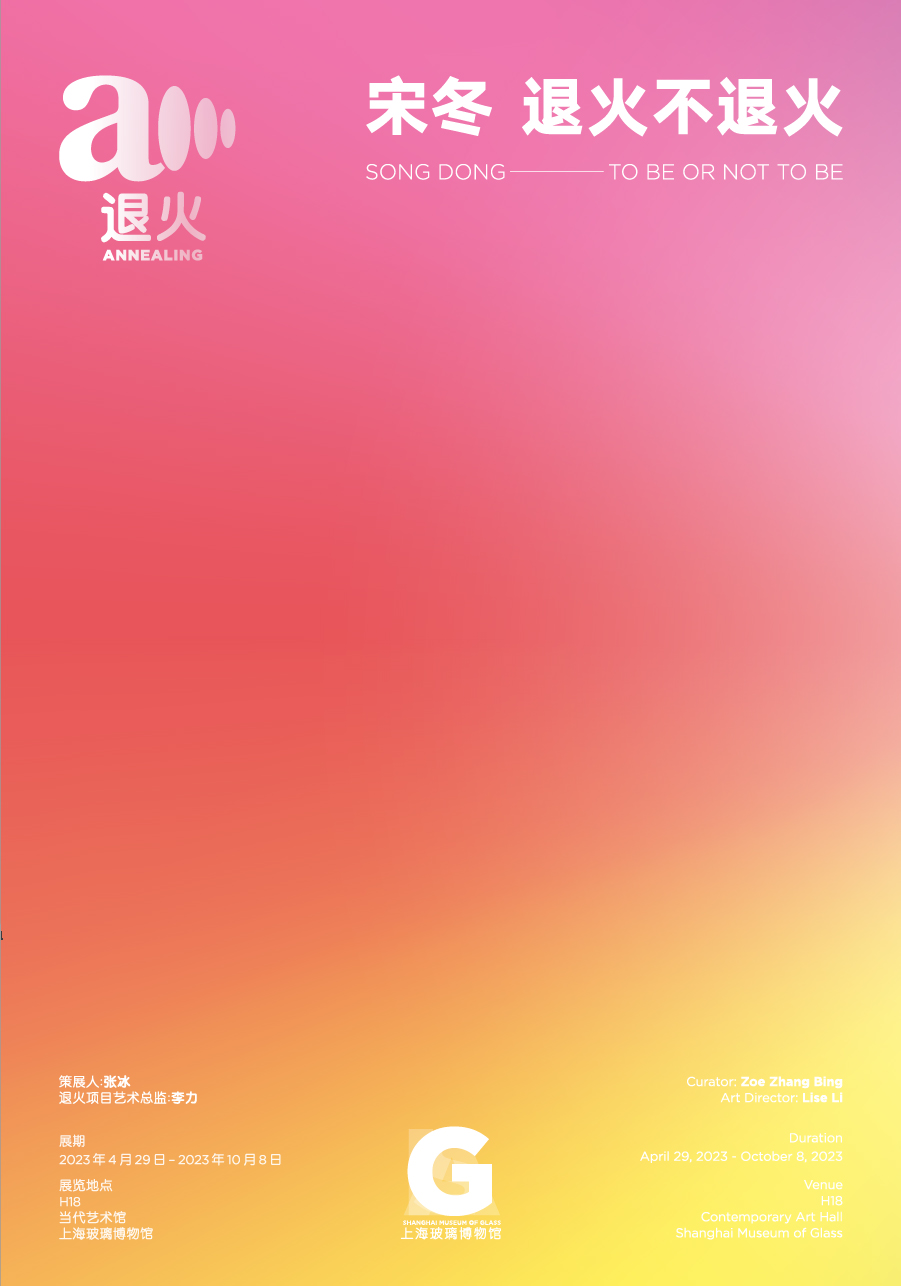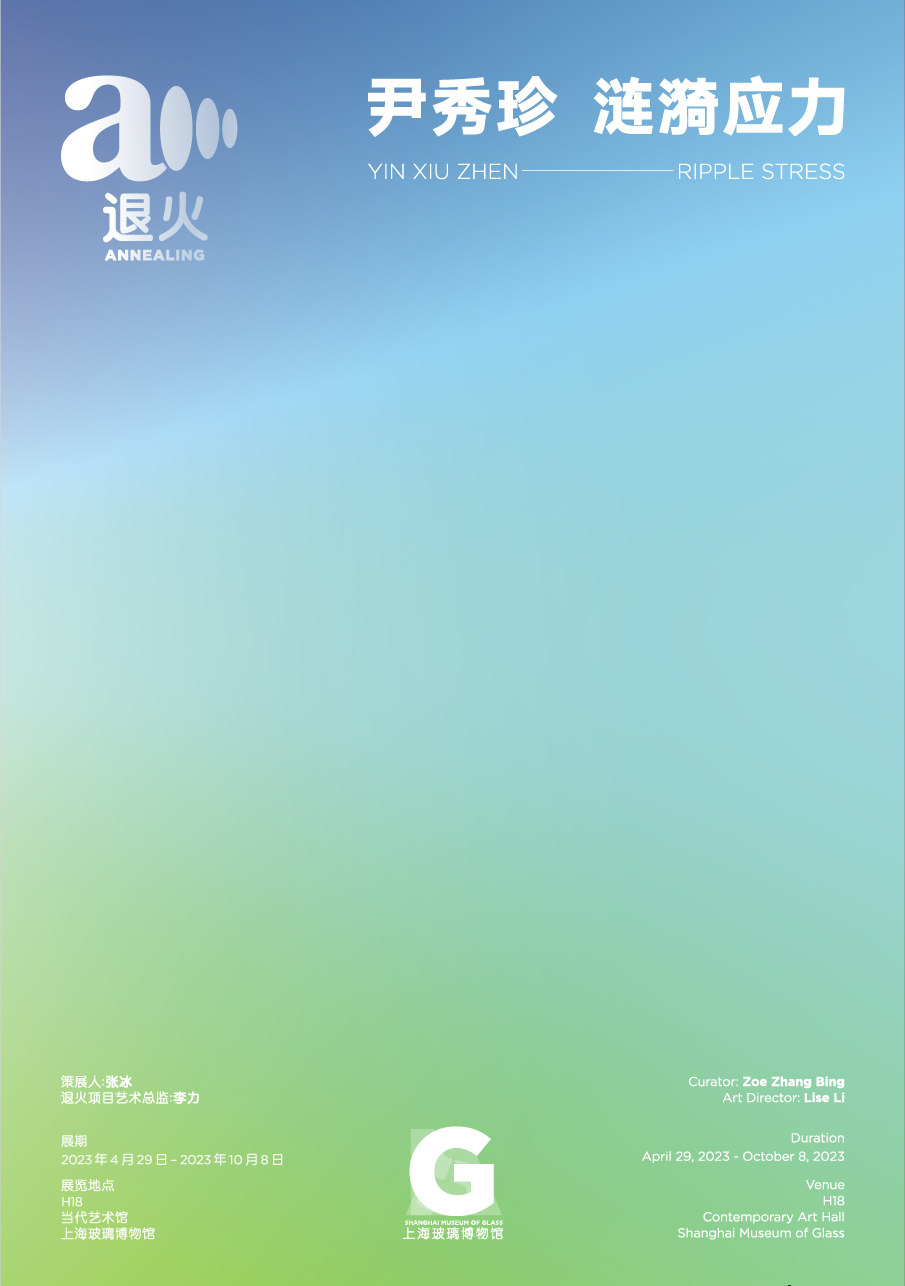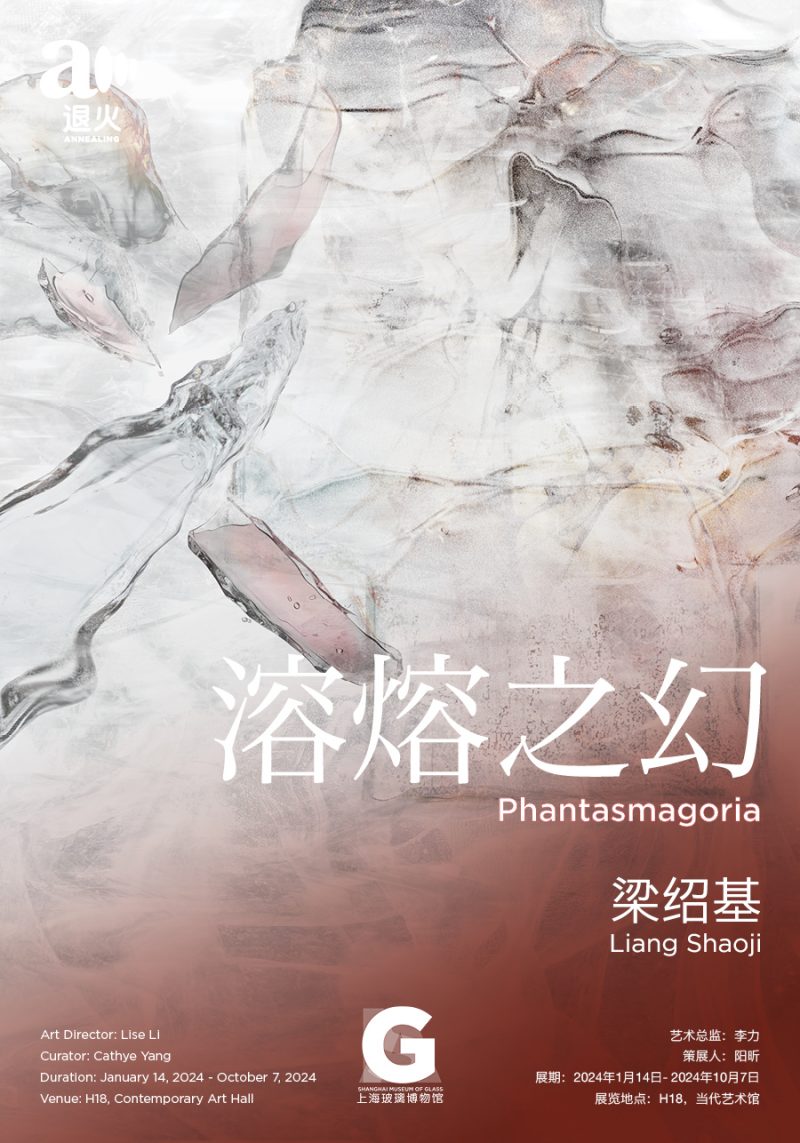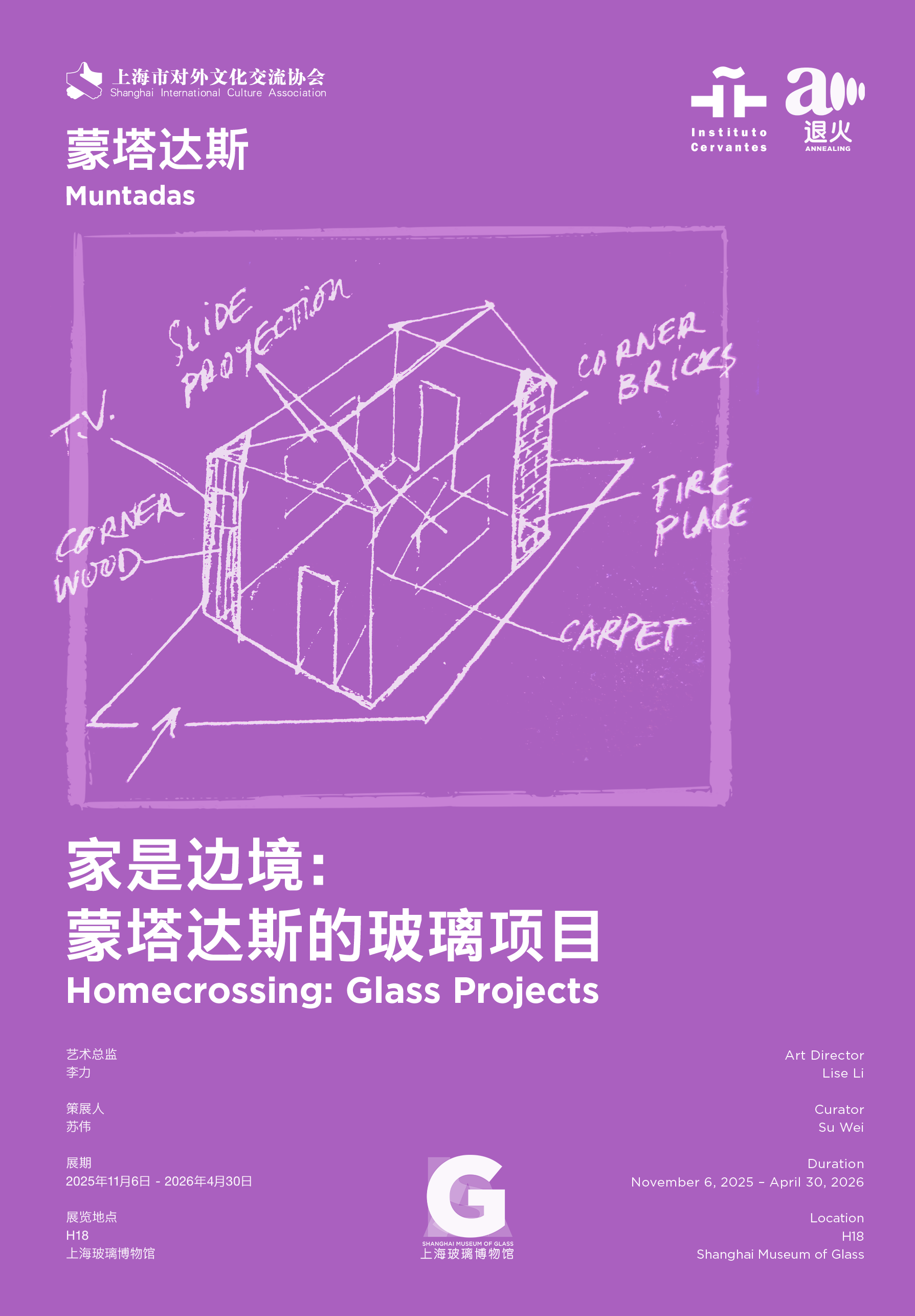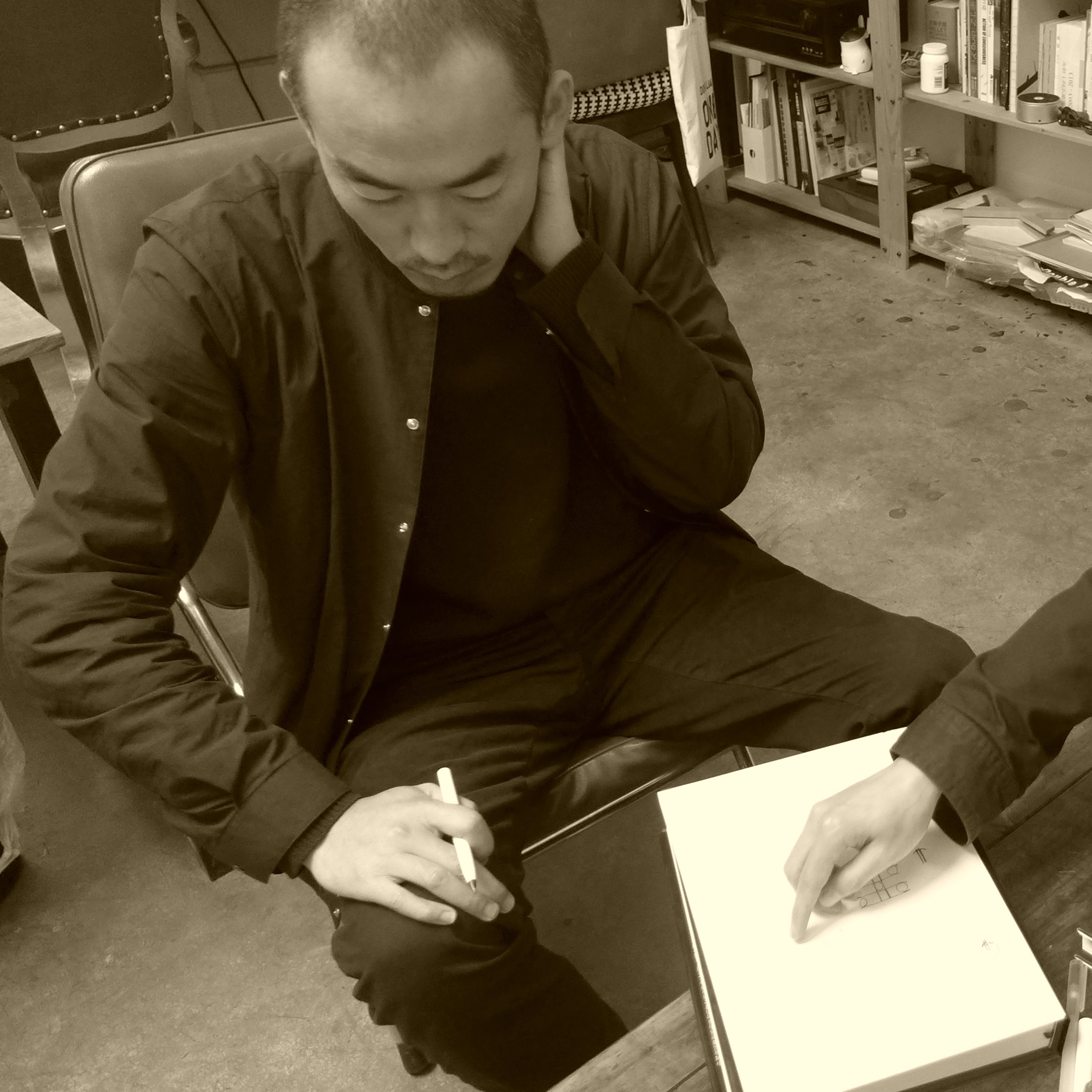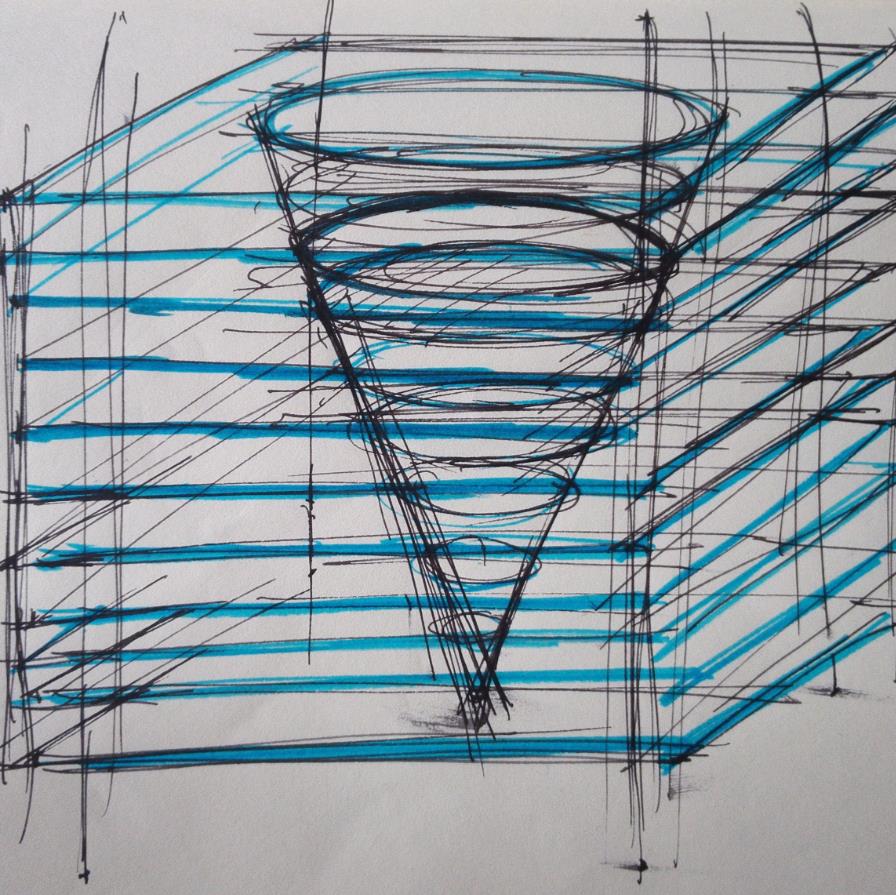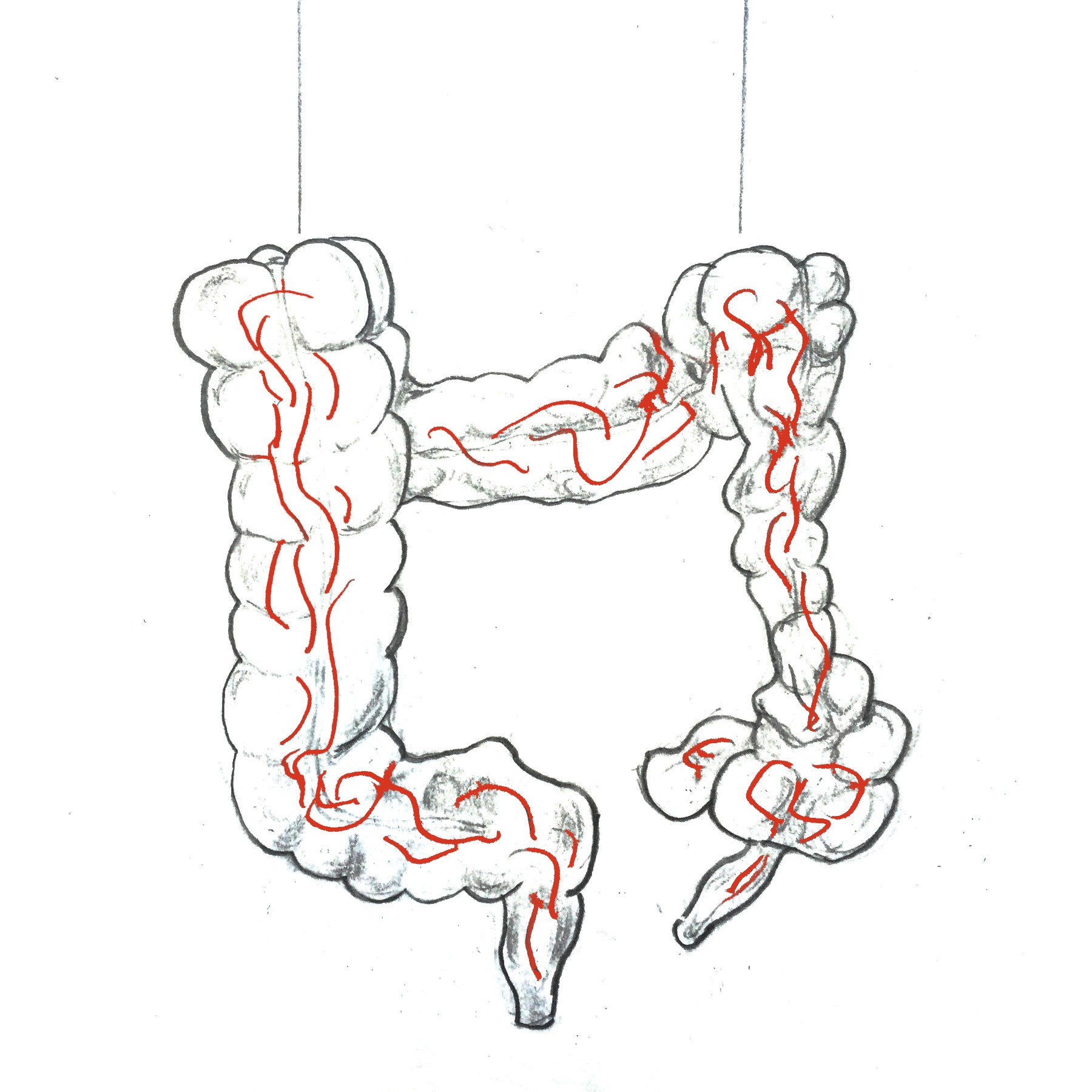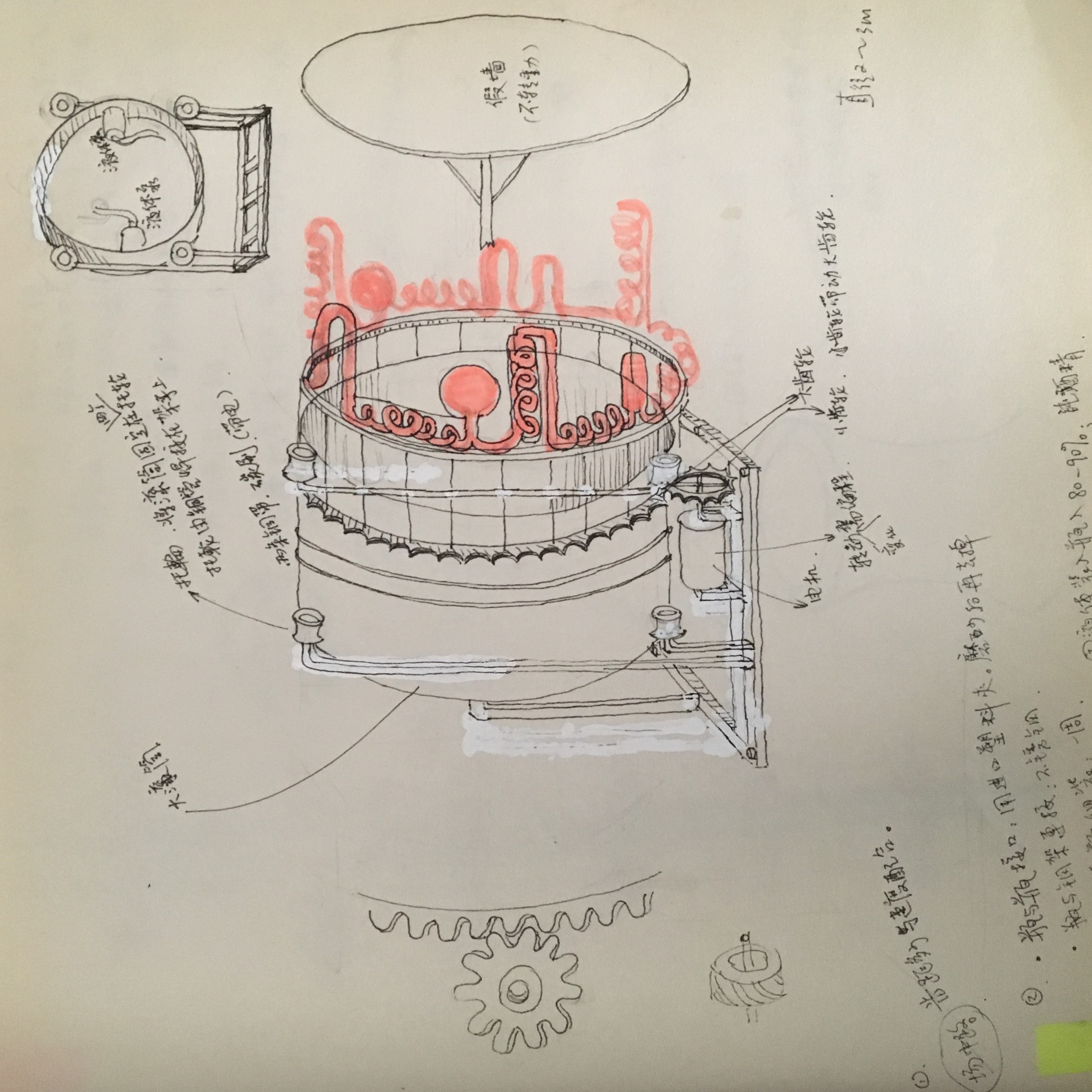
退火是玻璃艺术创作中必不可缺的重要一环,也是玻璃最终成型的关键所在。炙热的熔料在上千度的温度下被塑型,随后经过加热-保温-慢冷-快冷四个退火步骤,使其减缓冷却速度的同时降低玻璃的永久应力。过程中变化种种虽可控,但亦有天数。期间,结果的未知性和偶然性也带给玻璃作品不可预知的宿命,令人着迷。
正因为这份未知探索和无限可能,上海玻璃博物馆将跨界当代艺术项目命名为“退火”。自2015年起,上海玻璃博物馆邀请国内外不同当代艺术家从各自视角出发,利用玻璃的强大可塑性不断挑战这一材料的边界。这一当代艺术先锋项目充分鼓励艺术家的创造力和想象力,凸显实验性与探索性,触发拓展思想的维度,为观众和业界带来精彩纷呈的作品,真正做到了分享玻璃的无限可能。
Annealing is an essential part in creating glass art, and also, key to its final formation. The raw materials are burnt at over 1,000 °C until they turn into molten glass, ready for formation. Then the annealing process begins by heating the formed glass, and then keeping it warm, first slowly cooling it and then quickly cooling it. While slowing the speed of cooling, it can relieve the residual stress within the glass. Though controllable, it takes time to finish the process. But what is really fascinating is that it is the unknown and uncertainty in annealing that bring an unpredictable life to the glass artwork.
It is precisely due to this spirit of unknown exploration and limitless possibilities that the Shanghai Museum of Glass has named its interdisciplinary contemporary art project “Annealing.” Since 2015, the Shanghai Museum of Glass has invited various contemporary artists from both domestic and international backgrounds to challenge the boundaries of glass by leveraging its strong plasticity from their unique perspectives. This avant-garde contemporary art project fully encourages the creativity and imagination of the artists, highlighting experimentation and exploration. It expands the dimensions of thought and has brought an array of brilliant works to audiences and the industry alike, truly sharing the infinite possibilities of glass.
展览呈现 EXHIBITIONS
黑色的看不清内部的玻璃球体,以三种方式构建作品,达成艺术家认为的空间平衡点。借由玻璃——这种脆弱同时坚硬,通透却致密;炙热而冰冷的物理特性,艺术家尝试使用最基本的方式运用材料的原始属性。
The artwork is based on the black glass ball, which hinders the visibility inside, in three ways, and achieves the spatial balance point accredited by artists. The glass is fragile yet hard, transparent yet compact, and hot yet cold in its physical characteristics. And the artist tries to use the most basic way to make use of the primitive property of the material.
那些玻璃做的山石与树木草皮颠倒了在真实空间中的位置,都代表着一些情绪化感受。而有着烧灼痕迹的不锈钢栏杆,则应和了“凭栏处”的意境,和断肠一起更增强了作品诗意化的氛围。
The upside-down rocks and trees made of glass portrayed some deep feelings. By echoing the scene of looking at afar by the rail found in Chinese poetry, the burnt steel rails emphasized the style presented by the broken glass.
物质处于永恒的运动当中。凡是物质就必然占据空间,而运动意味着时间的轴线处于其中。平坦的属性只存在于我们思维的“此刻”这个瞬间,有如飞鸟不动。我们也只能在“此刻”运用我们的想像,去思考平坦的全貌。
Materials are perpetually moving. Everything that is material must occupy a space, and movement means that that the axis of time is within. The property of‘Plain’ only exists in the “moment” of our thoughts, like a flying bird rendered immobile. In this “moment”, we can also only use our imagination to ponder the whole picture of flatness.
毕蓉蓉经常有意识无意识地运用一些浪纹样,好奇心使她将这些纹样再次利用和重组,慢慢地它们生发成了一些新的几何图形、渐变色、曲线、螺旋纹等各种形态以及它们与空间之间的关联。
Bi Rongrong often consciously or unconsciously adopts some wave patterns and the curiosity drive her to reuse and restructure these patterns, so these patterns gradually created more various forms, like new geometric shapes, color gradient, curve, spiral and so on, and the connections between them and the space.
艺术家视整个展览为一个特定场域的项目,展开四部分概念的探究:“个体意识”、“群体意识”、“公共意识”、“终极意识”,概念与楼层相呼应,依次从美术馆二楼展厅纵向延伸到六楼,为观者带来一场心理和感官上的“意识”之旅。
The artist considers the exhibition to be a site-specific project exploring four key concepts: ‘individual consciousness’, ‘collective consciousness’, ‘public consciousness’, and ‘ultimate consciousness’. Each concept corresponds to a floor in the museum, from the second floor up to the sixth floor, as visitors embark on a sensorial journey of ‘consciousness’.
这个陌生场景,梦幻但又现实,我们一直生活在一个“真空”世界中,一切似乎拥有,也会一夜之间失去。人们为看不到的彼岸而努力奋进,而韧劲是支撑着能够走下去的内核动力。现实中,我们正在为失去以往的态度和方向付出高昂代价。
This unfamiliar scene is both fantasy and reality. We have been living in an “empty” world where we seem to own everything but at the same time risk losing them all overnight. Everybody strives for the far shore that is out of sight and perseverance is what keeps us going. In reality we are paying a high price for lacking the attitudes and sense of direction that we used to have.
孙逊与上海玻璃博物馆的合作项目将会分为两个部分与观众见面。在本年度的上集展览中将会以观众相对熟悉的孙逊作品形态进行呈现。之后,孙逊会在原有的艺术系统之上,结合目前已经开始的长篇电影项目,进行更大胆的尝试与拓展,从而完成展览下集。
Sun Xun’s project at the Shanghai Museum of Glass will be presented in two parts. The first part will be unveiled in November. From there, with greater audacity to experiment and expand, Sun Xun will complete a featured film for the second part of this project, an artistic mode he had been adopting into his practice, which is grounded on the basis of his art practice.
《塞上》系列展览的作品创作灵感均来自唐代诗人王维《使至塞上》。由2018年《塞上》(上集)的原始概念出发,延续深化意向的转化和时空主题的思考。上集与下集的两个部分彼此互为核心命题的内部与外部,形成互文关系。
Exhibition series FRONTIER is inspired by On a Mission to the Frontier, a poem of Wang Wei written in the Tang Dynasty. Starting from the original concept of FRONTIER Part I in 2018, Part II of the series continues the conversion of concepts and reflections on time and space. The two parts of the series of exhibition become the external and internal core concept mutually, formed intertextuality between each other.
在这次的展览中,朴庆根从“质疑影像艺术家在工作中的主观性”出发,企图探索与“观看”动力相关的更为复杂的欲望机制。他运用大量动态、抽象的玻璃机械装置,令其在空间中旋转变换,模糊地暗喻了人性中不可琢磨、无法驾驭的不确定性。
In this exhibition, starting from “questioning the subjectivity of image artists in their work”, Kelvin attempts to explore the more complicated desire mechanism related to the motivation of “watching”. He deploys dynamic glass mechanical installations, making them rotating and transforming in space, vaguely implying the unpredictable and uncontrollable uncertainties in human nature.
当代艺术的重要价值在于不断打破固化的体制与模式,通过对可见领域的干预,迫使固着性不断隐退,打开人们对于现有世界认知的思考,从而实现意义的“重置”。
The significant value of contemporary art is to consistently break the rigid system and pattern. Through intervening the visible sphere, it forces the rigidity vanishing gradually, and inspiring people to reflect the existing world, so as to attain the reset of meaning.
宋冬个展《退火不退火》围绕“退火”概念进行申发,重新思考“退火”/“不退火”与“因”“果”之间的关系。
Song Dong’s solo exhibition, ‘To Be Or Not To Be,’ revolves around the concept of annealing, prompting a reconsideration of the relationship between “annealing”/”not annealing” and the notions of “cause” and “effect.”
梁绍基不仅展现了“光”之科学特性,更在深挖其象征的丰富内涵,借以折射世间百态于水火相克相生间孕育的流变幻象之光。
“Phantasmagoria” becomes a keyword here, where the interplay of optical illusions and the bewitching interplay of light and shadow resonates with the unique fourth state of glass—a metaphor that is neither solid, liquid, nor gas.
《无根之花》中的花朵象征一种始终处于调整和平衡中的临界存在,展现了一则关于游离、变动与重构的当代表达。
The flowers in Groundless Flower are a recurring motif—neither truly rooted nor entirely detached. They embody a liminal existence in perpetual reassessments and equilibrium, showcasing a contemporary narrative of adrift, change, and reconstruction.
